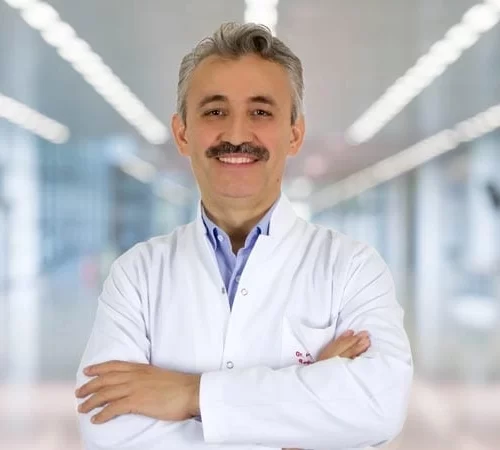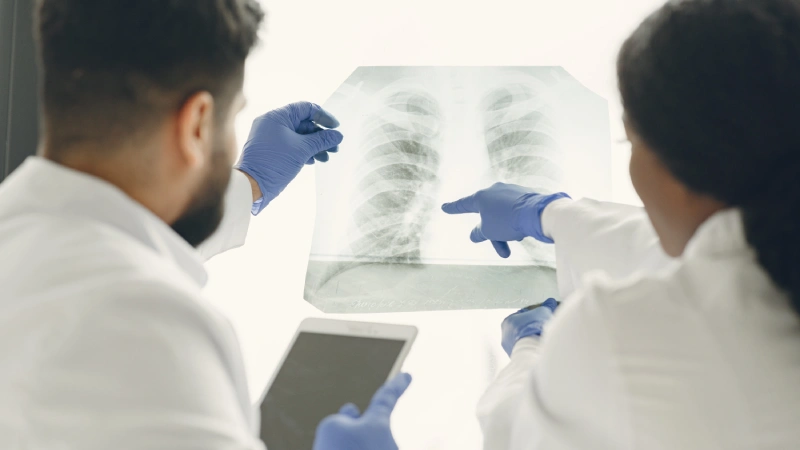The Avicenna Hospitals Department of Radiology plays a very important role within the hospital. Patients searching for Avicenna Hospitals to learn radiology results can access our radiology result display page and get their results.
Radiology is one of the largest areas of medicine, which employs X-rays, sound, radio waves, and other imaging techniques to diagnose diseases and utilizes invasive techniques to treat disorders. Basically diagnostic radiology and interventional radiology are two subcategories within the field of radiology.
Radiologist
Radiologists are healthcare experts to identify and treat illnesses and injuries by imaging techniques (radiology) such as X-rays, magnetic resonance imaging (MRI), computed tomography (CT), ultrasound, positron emission tomography (PET), and nuclear medicine.
Diagnostic Radiology
This category monitors how medications react to therapy or identify disease symptoms. The most common diagnostic radiological techniques are:
- Computed tomography (CT)
- Magnetic resonance imaging (MRI)
- Ultrasound
- X-ray
- Mammography
- position emission tomography (PET)
Interventional Radiology (Radiotherapy)
Interventional radiology is a method that allows image guidance for minimally invasive operations. With imaging techniques, it aids in guiding medical treatments. This type is active in treating disorders such as artery and vein blockage, back discomfort, kidney and liver issues, cancer, and tumor. Compared to typical procedures, such therapies are less invasive and need less recovery time.
Interventional radiology procedures include the following:
- Angiography
- Angioplasty
- Embolization for bleeding control
- Cancer treatments
- Breast biopsy
- Vertebroplasty and kyphoplasty
- Y-90 radioembolization
- Feeding tube placement
Radiology Techniques
Avicenna Hospitals Medical Imaging Department has a large number of medical imaging devices. With these devices, many diseases can be both diagnosed and treated without the need for surgical operation. Radiology techniques can be divided into many branches.
x-ray
The X-ray is the most basic medical imaging device in this part. With the help of X-rays, the diagnosis of bone and lung diseases of the patients can be made. It is the most widely used device in this context.
Magnetic Resonance Imaging (MRI)
It is an imaging technique that creates cross-sectional pictures of veins, bones, tissues, and organs using powerful radiofrequency radiation and magnetic field. It is often used in neurology, cardiac disease, orthopedics, and physical therapy.
Ultrasound
It is a method that provides sound waves to interact between radiology and imaging technologies. This procedure is employed in a variety of tests, including urinary system, gynecological examinations, and intra-abdominal organs. Further, this method is not harmful to the patient’s health.
Mammography
It is the use of X-rays to image the breast, which is squeezed between two layers.
Computed Tomography
It is an imaging technique that uses X-rays to provide a cross-sectional picture of the body area being studied. X-ray pictures obtained from various angles are merged using a piece of computerized tomography equipment to provide cross-sectional images of regions such as bone, vein, and soft tissue. The form and positioning of soft tissues and bones can be determined using computed tomography (CT).
“ Avicenna Radiology Clinic has the Latest Technology Radiodiagnostic Monitoring Systems “




